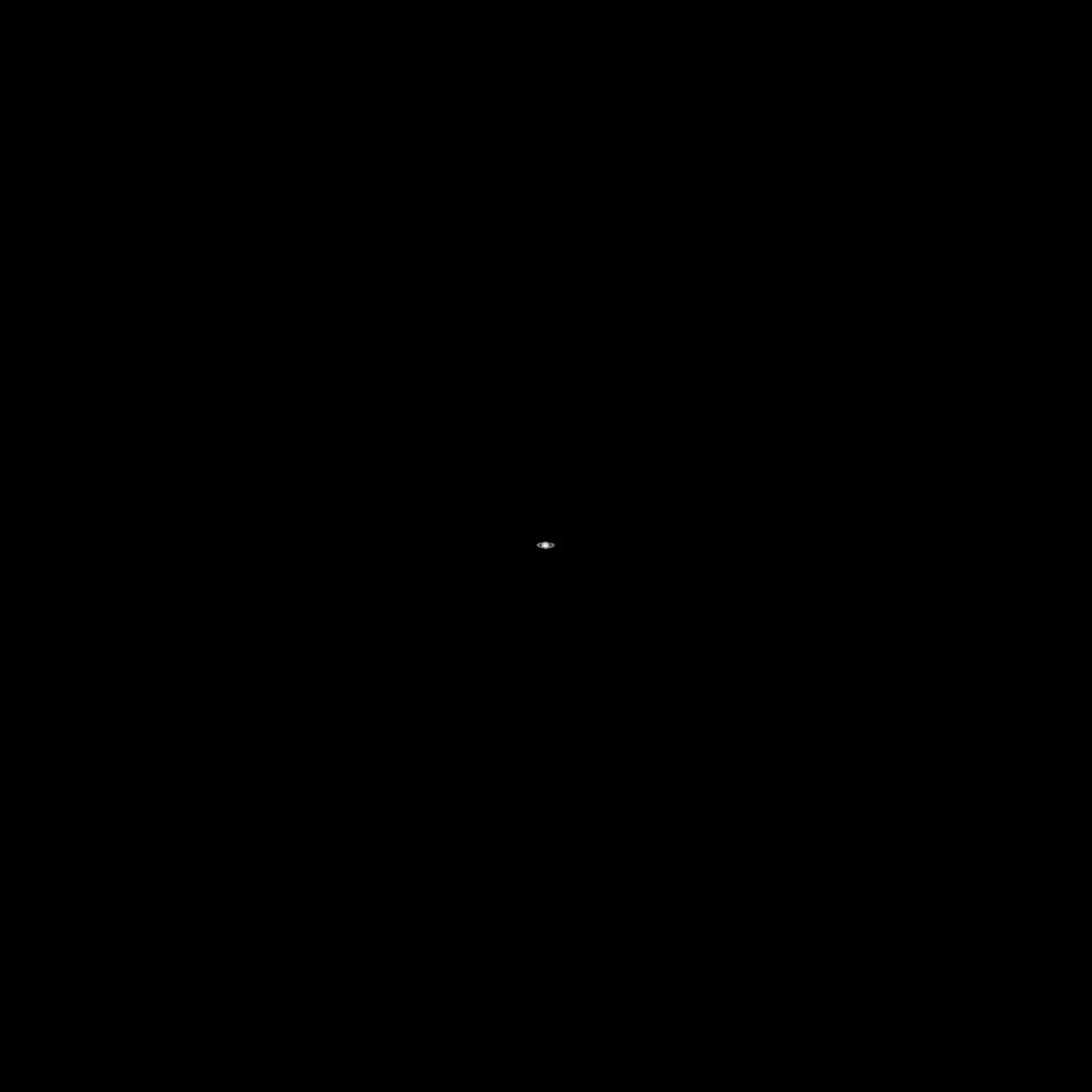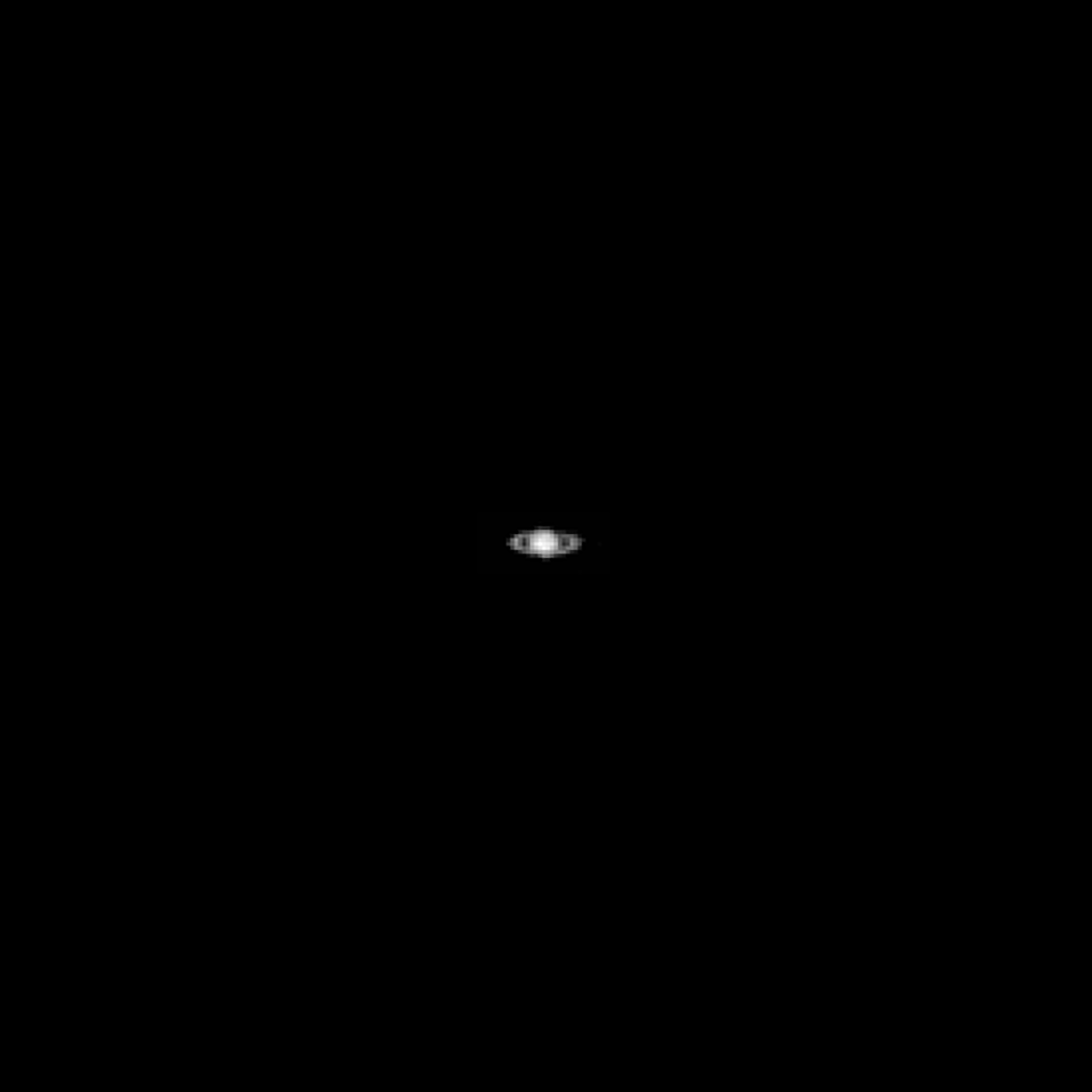From a viewpoint about 90 kilometers (56 miles) above Lacus Veris, “Lake of Spring”, the camera aboard NASA’s Lunar Reconnaissance Orbiter (LRO) spacecraft imaged Saturn on October 13, 2021. In this view, the Lunar Reconnaissance Orbiter Camera (LROC) was looking down at the north face of the rings, and from this perspective the rings in front of Saturn appear below its equator.
The LROC Narrow Angle Cameras (NAC) are line scan cameras, which presents a challenge for imaging anything besides the Moon. This is because they were designed to acquire images by taking advantage of the motion of the spacecraft above the surface (LRO travels over 1,600 meters per second (1 mile per second) above the Moon), to build up an image one line at a time, with very short exposure times. To image Saturn, the spacecraft slews the NAC across Saturn, building up the image by mimicking our orbital ground motion. The slew across Saturn was achieved by pointing the NACs on one side of Saturn and then targeting the other side. LRO responded to the updated target by slewing to it at a specific rate across the planet. This rate is programed to optimize LRO stability and speed and resulted in a NAC exposure time of 3.82 milli-seconds. Since Saturn is much dimmer than the Moon (and Jupiter) and the exposure time is in effect set by the slew speed, we cannot detect the Saturnian moons as we did with the Galilean moons, they are just too dim.
Fortunately, the NACs can image the amazing rings of Saturn, which are likely only 10 to 100 million years old, 10 meters thick, and are comprised almost entirely of water ice. The major rings visible here have a diameter of 270,000 km (168,000 miles), about 70% of the average distance between the Earth and the Moon.
LRO is managed by NASA’s Goddard Space Flight Center in Greenbelt, Maryland, for the Science Mission Directorate at NASA Headquarters in Washington. Launched on June 18, 2009, LRO has collected a treasure trove of data with its seven powerful instruments, making an invaluable contribution to our knowledge about the Moon. NASA is returning to the Moon with commercial and international partners to expand human presence in space and bring back new knowledge and opportunities.
Related featured image: From the Moon to Jupiter, with Love: http://lroc.sese.asu.edu/posts/1204
Nancy Neal Jones,
NASA’s Goddard Space Flight Center




























